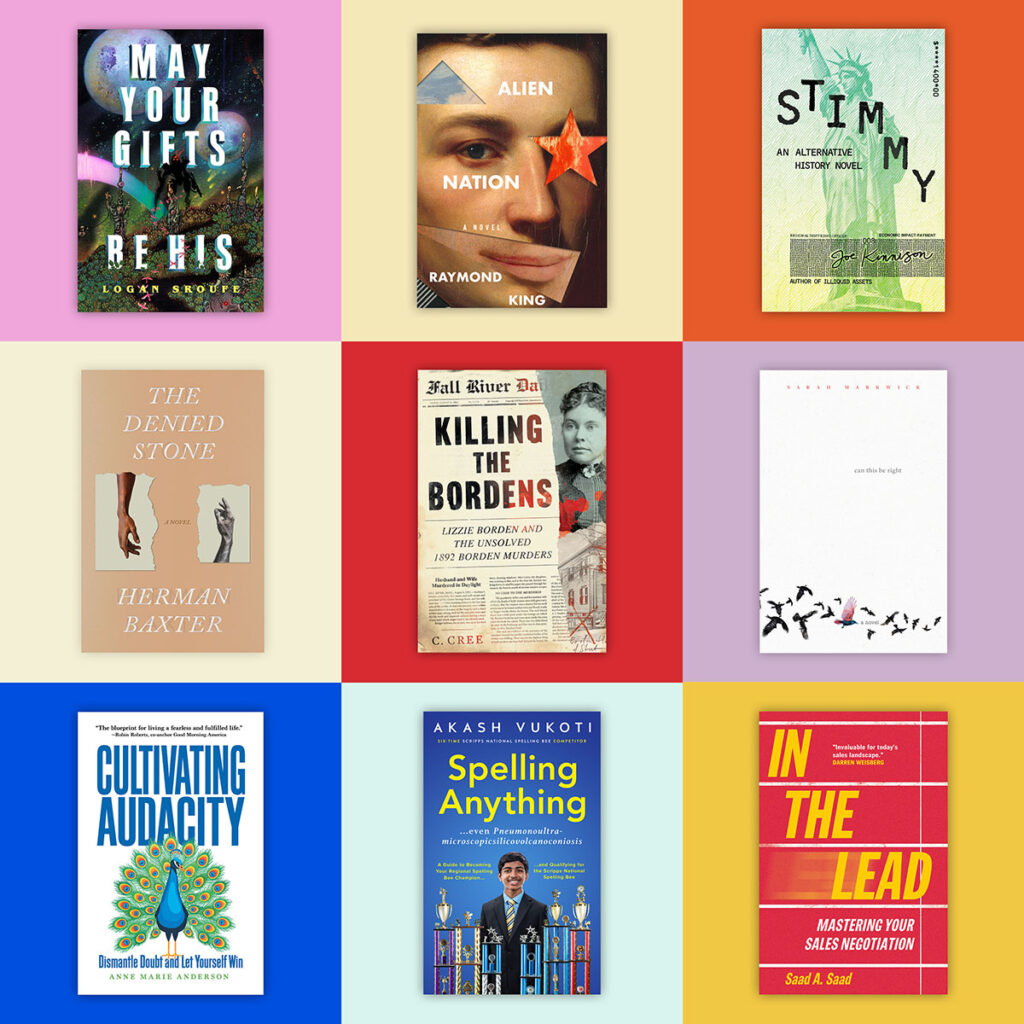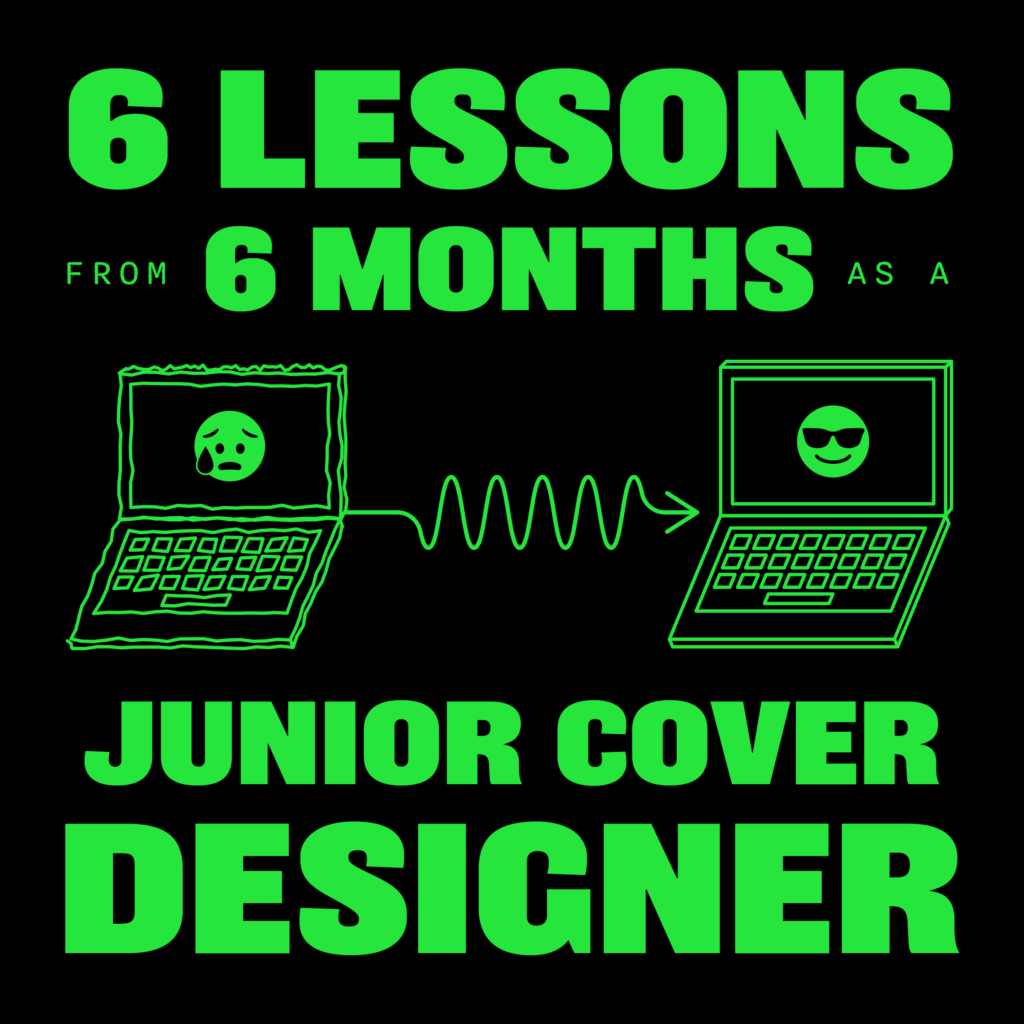A book’s cover is often a reader’s first impression of the story within. Covers also tend to follow similar trends within their genres. For example, romance is leaning into cartoonish, charming characters, while mystery and thrillers have embraced duotones with pops of neon. In the fantasy genre, the cover needs to capture an essential element of the world the author has created.
Writers in fantasy should pay attention to current cover design trends to capture readers’ attention. Discover how to make the most effective cover design choices for your fantasy novel!
A Primer on Illustration Agencies
Top-tier book illustrators use agencies to represent them, just like novelists use literary agents to help them get book deals with big publishing houses. Many of the most prolific illustrators have teams supporting them by finding work that matches their. These are called illustration agencies.
Agencies are responsible for pitching to clients and fielding requests for projects. They comb through an artist’s portfolio to find work worth submitting to publishers to see if an upcoming novel latches onto it. As the client’s notoriety grows, the agency curates more requests for them.
Delegating responsibilities like this is vital for letting illustrators focus on their work instead of putting energy toward administrative tasks like contract negotiations, copyright legalities and marketing. Their agent is also a constant point of contact for the requesting entity.
This dynamic is most common when working with larger publishing outfits and self-publishers may need to navigate a collaboration differently. Illustration agencies are typically open to collaborating with indie authors so long as the story is a good fit for the artist’s vision and aesthetic. In this case, a self-publishing author may have the opportunity to work through an artist’s agent to create and fine-tune a custom illustration.
However, internal policies may, at times, prohibit the organization from working with self-publishing authors. Companies set certain restrictions to protect artists from projects that have little financial potential. If an illustration representative does turn down a project, don’t be discouraged! The fantasy genre has thousands of independent artists that are ready to work with self-publishing authors.
So, how should you go about choosing what should appear on your bestselling fantasy cover?
1. Make Iconography Stand Out
Fantasy and science fiction are some of the most popular genres, selling $590 billion worth of books yearly in the United States alone. It is no surprise some of the world’s most popular fantasy novels include the same type of imagery. This is for a good reason — there are quintessential objects and tropes people associate with fantasy, like swords and magic.
While a nod to these traditional elements will indicate to readers they are picking up a fantasy novel, it’s also important to apply tropes in unique ways to ensure that your cover stands out! Consider exploring these techniques when working with your designer on your next fantasy novel:
- Photorealism: Many fantasy books feature animals, but the photorealistic, uncanny rabbit on Leigh Bardugo’s Hell Bent, designed by Keith Hayes, delivers intrigue and mirrors the dark, unsettling themes in the novel. Another designer who exemplifies photorealism particularly well is Sasha Vinogradova, whose work includes photorealistic representations of several types of fantasy creatures.
- Silhouettes: It’s common to have illustrated versions of characters on the cover, either as a partial silhouette or profile. Brandon Sanderon’s Tress of the Emerald Sea, designed by Carlos Guimerà, includes a unique minimalist design that features a silhouette of the character standing on an island, an essential element of the story. Guimerà’s full-body outline gives the protagonist an empowering aura, especially when surrounded by the bright sun/moon. The reader immediately has an idea of who this character is, while still leaving room to the imagination to fill in the blanks.
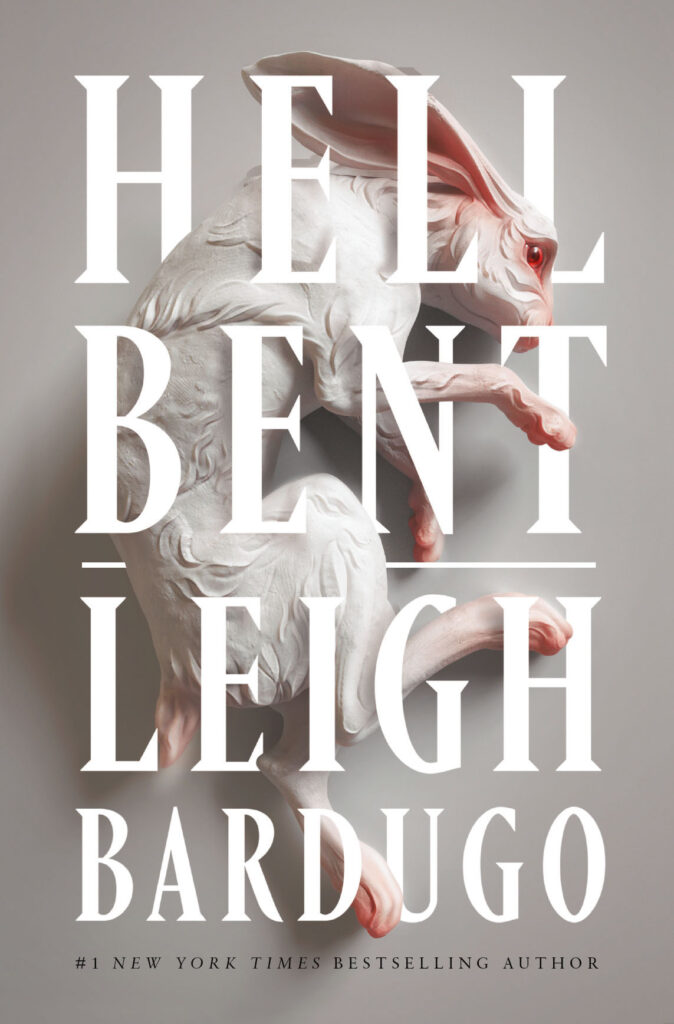

These designers pinpointed what people associate with fantasy and highlighted them in imaginative ways that challenge readers’ expectations of what covers could look like in the future.
Indie authors sold around 767.36 million print books in 2023, so there is a lot of competition, which is why it helps to approach covers with originality and boldness.
2. Make It Remixable
In 2024, publishers enticed readers with special and limited editions of fantasy books, including the re-release of bestsellers from the previous decade that people may have forgotten. These popular, bespoke editions have become wildly popular among the fantasy-genre fan base! With the rise of e-books, many readers view physical books as works of art they want to display as much as a story they want to read. Since special editions are often released in smaller print runs, readers feel an urgency to own these artistic editions.
Erin Morgenstern’s 2011 fantasy novel, The Night Circus, enjoyed several new editions with reimagined covers including an exclusive, 2024 re-release from the book subscription service Fairyloot designed by Micaela Alcaino. The timelessness of the first design was imperative for future editions to be beautiful, memorable, and identifiable with the original. The new cover evokes similar design motifs and the same color palette, but is enhanced with metallic foil on the typography and sprayed black edges.
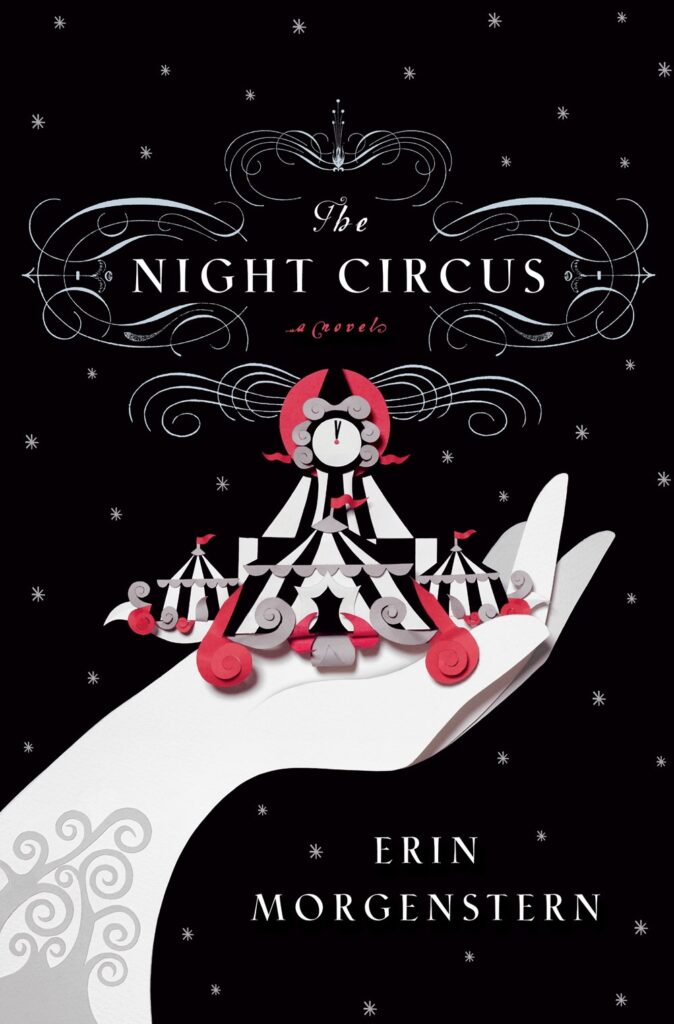

Why is this important? Long-time fans must be able to easily justify buying new editions because the cover is decidedly striking. Around 76% of shoppers want to keep purchasing from the brands and ideas they feel personally connected to, and book covers must leverage this. The more room designers give for future artists to play with the foundational concept could inspire reworks and reissues.
3. Research the Niche
Every fantasy subgenre also has distinctive covers. For example, romantasy novels became the talk of the town in 2024 because of the TikTok community BookTok. Their designs differ from historical or traditional fantasy in their aesthetic and tone. Therefore, if you want to appeal to a specific niche, hone in on what makes the subgenre special.
Romantasy novels often feature centrally located titles in serif fonts, elements from nature, and dark backgrounds with pops of color for added mystery — consider covers like The Ashes and the Star Cursed King by Carissa Broadbent (designed by K.D. Ritchie) or A Fire in the Flesh by Jennifer L. Armentrout (designed by Hang Le). Because of this combination, experienced readers can guess with relative accuracy if they are looking at a romantasy novel or a work of urban fantasy.
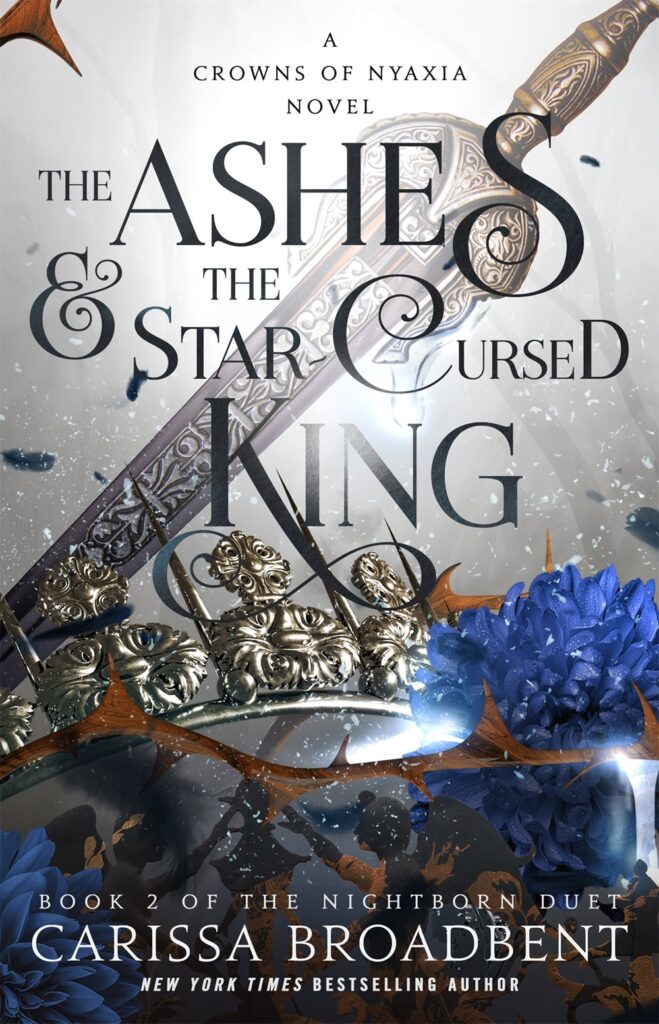

The goal is to make sure your cover accurately indicates to readers which sub-genre your book belongs to while also being compelling and original so it catches their eye.
Unforgettable Fantasy Covers
Whether maximalist or illustrative, every fantasy cover can be beautiful and unforgettable so long as it considers its audience and reimagines classic tropes. Social media trends make it easier than ever to discover what covers are captivating the most voracious readers. Discover the fantasy cover trends becoming bestsellers to inspire your next inquiry for a book designer.
Once the rebranding of the series came to life, the redesign allowed it to reach a broader and more appropriate audience without losing the original essence that made it popular.
How to Find the Best Book Cover Designer for Your Fantasy Project
The “best” book cover artist is subjective and varies according to an author’s specific vision and style preference. However, platforms like the INeedABookCover Job Board have made it easier for authors to find and collaborate with talented, professional designers who can help you rebrand your book cover design.
To find talented book cover designers in the Fantasy genre, visit our gallery page, filter your results by the Fantasy category, and peruse the beautiful options!
Curated Recommendations
Check out these talented designers working in the fantasy genre!
KD Ritchie • Christine Foltzer • Devin Maupin • George Patsouras • Drew Laser • Timea Schweiger • Karen Dimmick • Holly Dunn • Katie Klim • Will Staehle
Today’s blog cover was designed by Gabriel Máximo.




